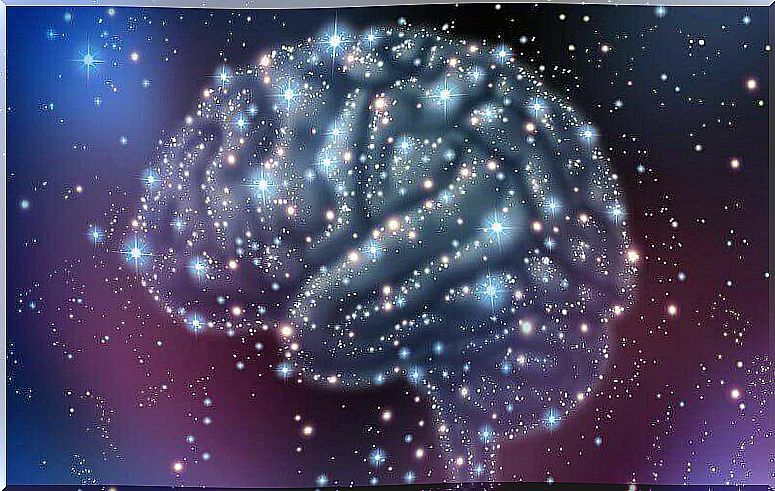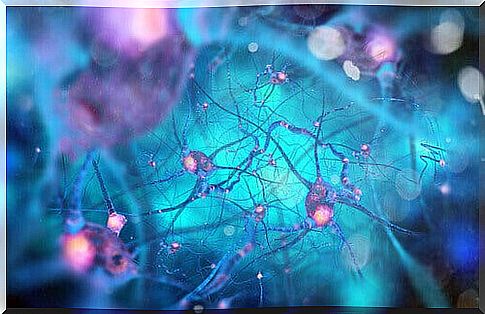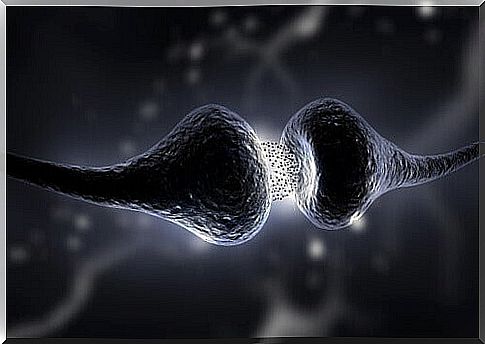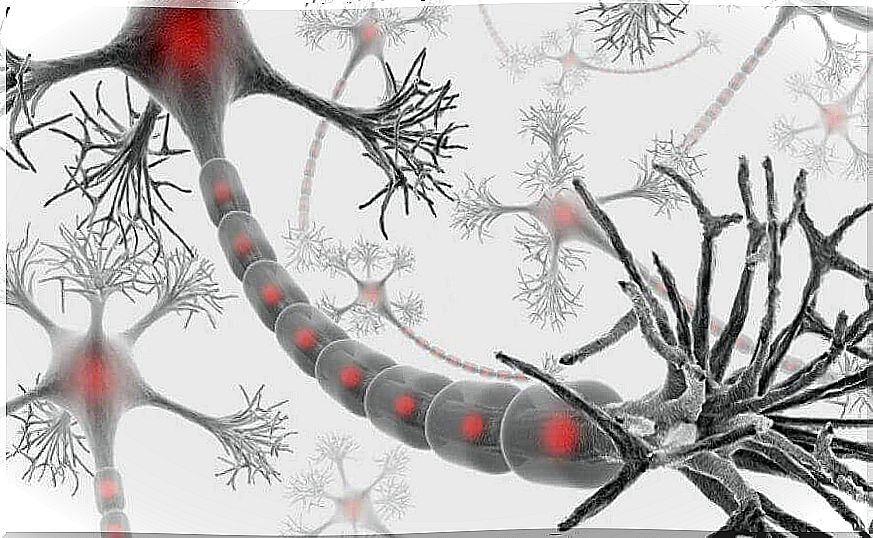Neurotransmitters: Types And Functioning

We’ve all heard that neurons communicate with each other through electrical impulses. Certainly, some of the synapses are purely electrical, but most of these connections are mediated by chemical elements. These chemicals are what we call “neurotransmitters”. Thanks to them, neurons have the ability to participate in different cognitive functions such as learning, memory, perception…
Currently, we know more than a dozen neurotransmitters involved in neural synapses. His study allowed us to learn a lot about how neurotransmission works. This has led to improvements in drug development and understanding the effects of psychotropic drugs. The best known neurotransmitters are: serotonin, dopamine, norepinephrine, acetylcholine, glutamate and GABA.
In this article, in order to better understand the principles of neurotransmission, we will explore two very important aspects. The first is to know the different ways in which neurotransmitters influence synapses. And the second aspect we’re going to talk about is the signal transduction cascade – the most common way neurotransmitters work.

Effect types of neurotransmitters
The main function of neurotransmitters is to model the synapse between neurons. In this way, it is possible to make the electrical connections between them become more complex and give rise to many other possibilities. If neurotransmitters did not exist, and neurons acted like simple wires, it would not be possible to carry out many of the functions of the nervous system.
Well then: the way neurotransmitters influence neurons is not always the same. We can find two different ways in which the synapse is altered by chemical effects. Next, we’ll expose the two types of effects:
- Through ion channels. The electrical impulse is produced by the existence of a potential difference between the outside of the neuron and its interior. The movement of ions (particles with electrical charge) causes this difference to vary and that, when it reaches the threshold of activation, the neuron fires. Some neurotransmitters have the function of attaching themselves to ion channels that are located in the neuron’s membrane. By attaching themselves, they open this channel, allowing more movement of ions, which can cause the neuron to fire.
- Through a metabotropic receptor. Here we are faced with a much more complex modulation. In this case, the neurotransmitter attaches itself to a receptor that is located on the neuron’s membrane. However, this receptor is not a channel that opens or closes, but is responsible for producing another substance inside the neuron. When the neurotransmitter attaches to it, a protein within the neuron is released that causes changes in its structure and functioning. In the following section, we will explore this type of neurotransmission further.

The signal transduction cascade
The signal transduction cascade is the process by which a neurotransmitter modulates the functioning of a neuron. In this section, we will focus on the functioning of those neurotransmitters that do so through metabotropic receptors, as this is the most common way in which they function.
The process has four different phases:
- First messenger or neurotransmitter. First, the neurotransmitter attaches to the metabotropic receptor. This changes the configuration of the receptor, allowing it to integrate with a substance called the G protein. This union of the receptor with the G protein triggers the excitation of an enzyme in the inner part of the membrane, releasing the second messenger.
- Second messenger. The protein that releases the G protein-associated enzyme is called the “second messenger”. Its mission is to travel inside the neuron until it meets a kinase or a phosphatase. When this second messenger attaches itself to one of these two substances, it triggers their activation.
- Third messenger (kinase or phosphatase). Here, the process will vary depending on whether the second messenger encounters a kinase or a phosphatase. The encounter with a kinase will activate it and release a phosphorylation process in the nucleus of the neuron, which will cause the neuron’s DNA to start producing proteins that it did not produce before. On the other hand, if the second messenger encounters a phosphatase, the opposite effect will happen: the phosphorylation will be inactivated and the creation of certain proteins will no longer occur.
- Fourth messenger or phosphoprotein. The kinase, when activated, sends a phosphoprotein to the neural DNA to trigger phosphorylation. This phosphoprotein will activate a transcription factor which, in turn, will trigger the activation of a gene and the creation of a protein; this protein, depending on its quality, will cause several biological responses, thus modifying neural transmission. When phosphatase activates, it destroys the phosphoprotein, which stops the aforementioned phosphorylation process from taking place.

Neurotransmitters are very important chemicals in our nervous system. They are responsible for modulating and transmitting information between the different brain nuclei. Furthermore, its effects on neurons can last from a few seconds to months or years. Thanks to their study, we can understand the correlation between many higher cognitive processes, such as learning, memory, and attention, etc.









